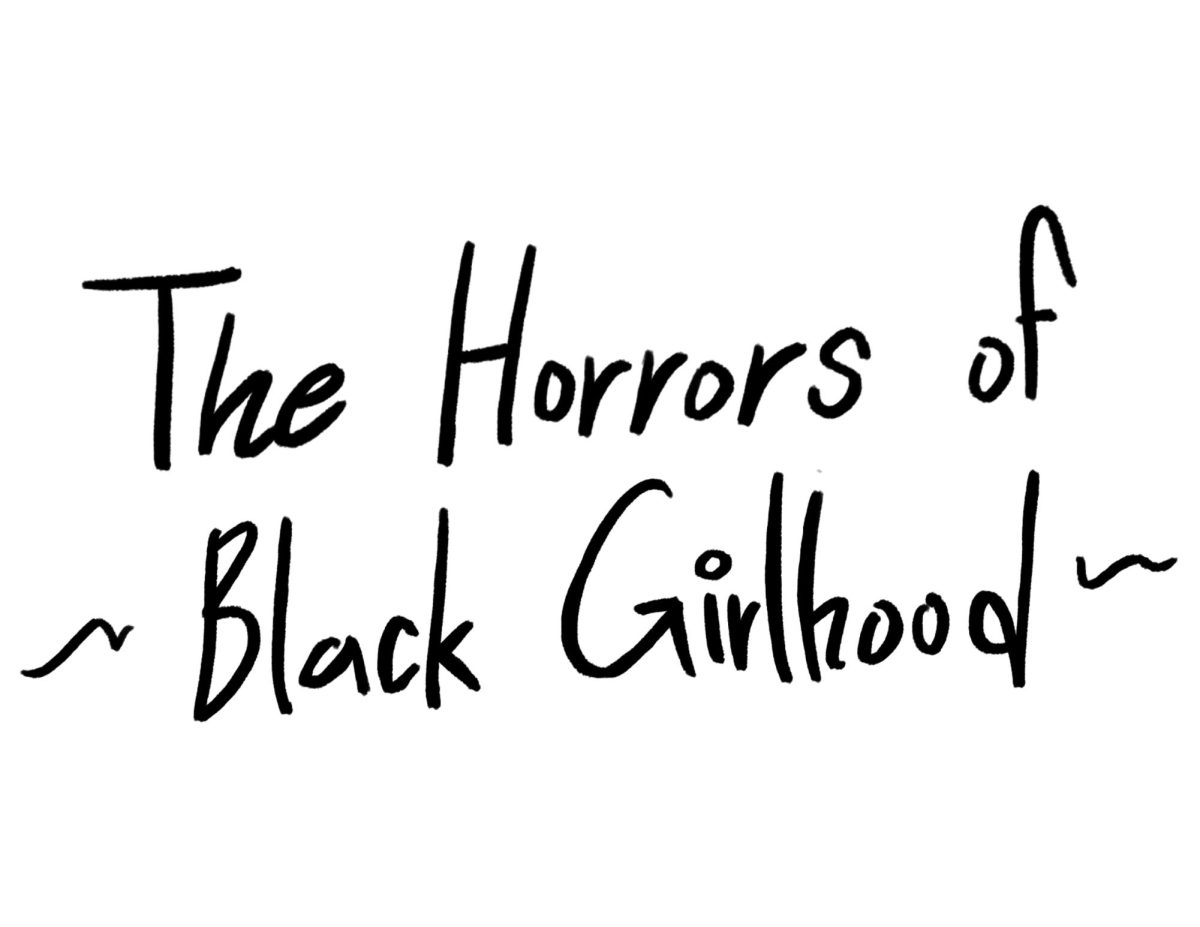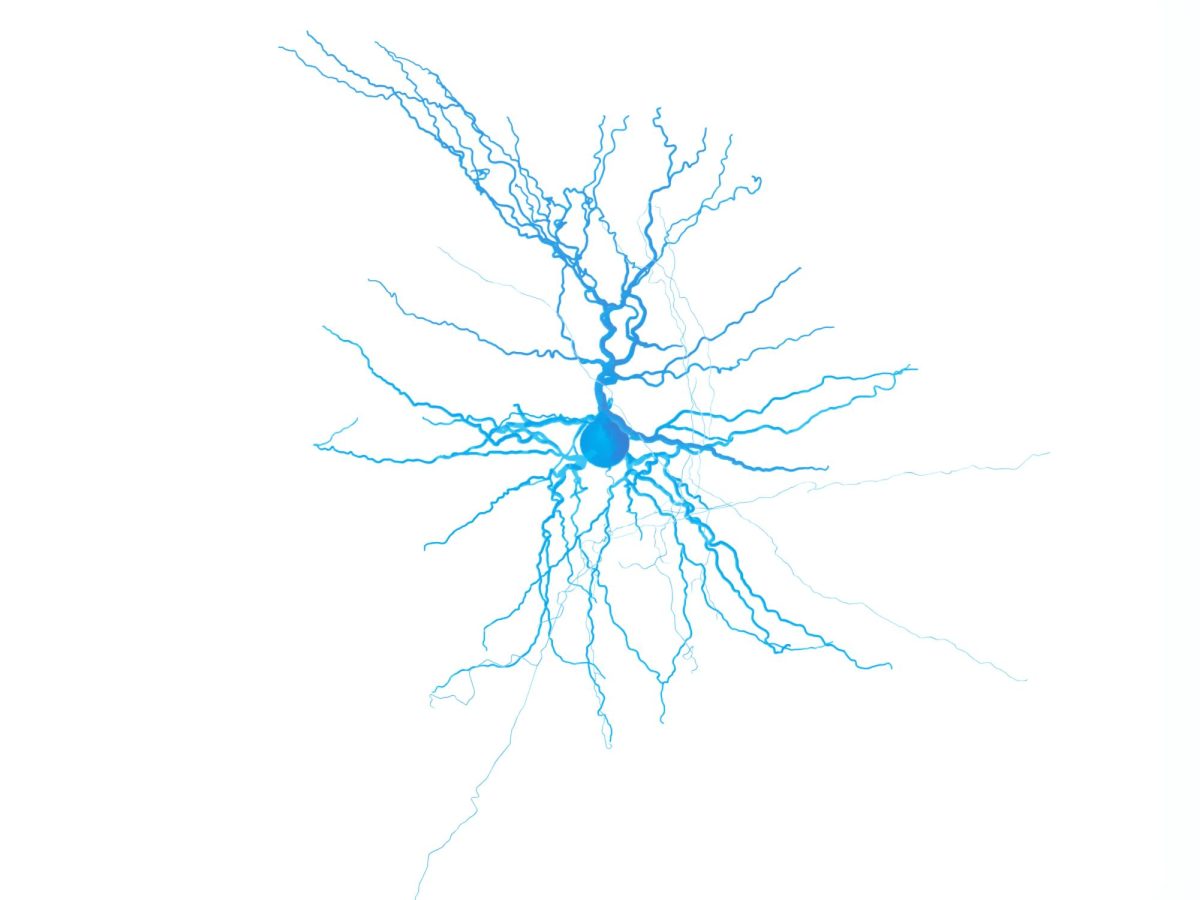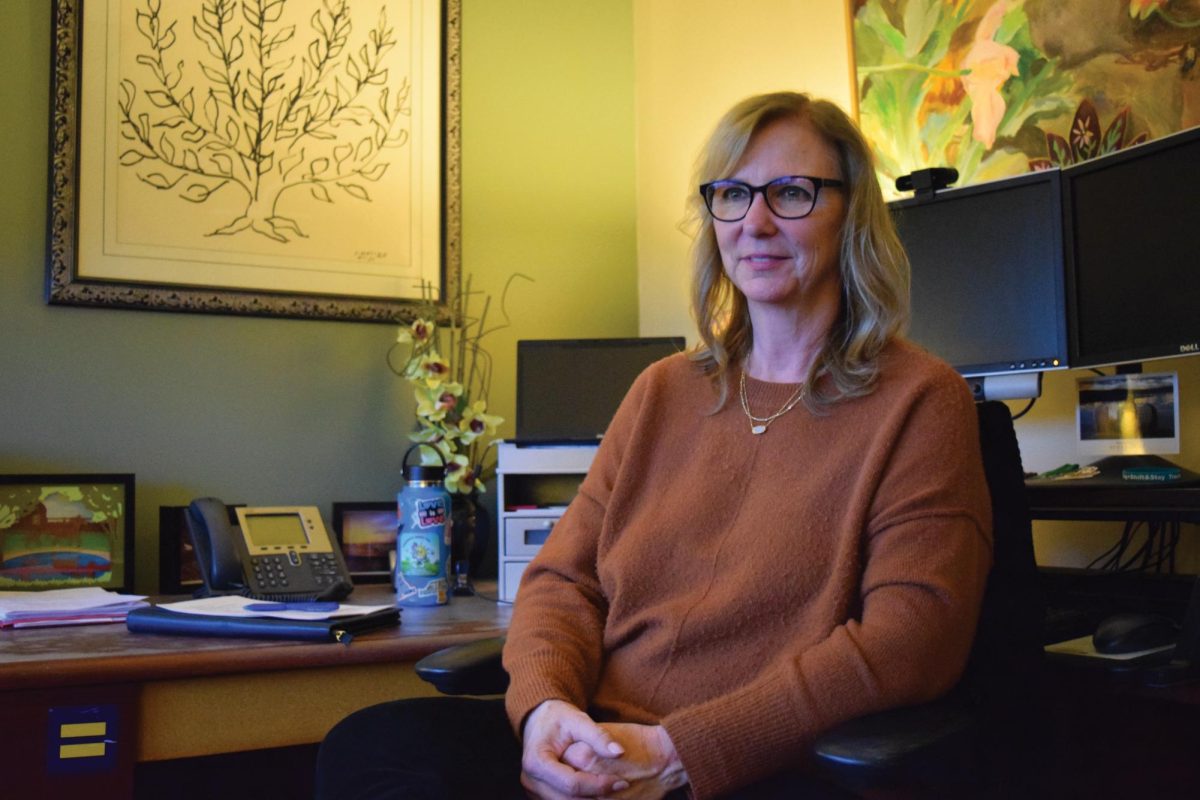There is a beauty as well as horror to what growing up as a girl means. But intersecting Blackness and other aspects of your identity creates a whirlwind of not only how the world sees you but how you see yourself. Do you present yourself in a certain way that makes people question who raised you? Do you have the freedom to exist in a world that constantly belittles your existence? Who will you become with the people you surround yourself with? I believe there have been slow improvements to how girlhood doesn’t have the same white perspective.
Normally, narratives contribute to the melodramatic and sometimes traumatic retelling of what Black girlhood looks like. However, there are other ways that it can be depicted than the typical sob story. I wish to share the true horror behind Black girlhood. Necessarily, this does not mean movies involving horror, but rather how these movies do not contribute to the expected narratives. My definition of the horror in question is how the films showcase the true Black girl experience in a way that is unfamiliar, and at times, unsettling. Another definition of this horror is how the experiences of growing up as Black girl are portrayed in a way that is non-stereotypical and non-traditional. “Saint Omer” and “Eve’s Bayou” are two movies which showcase the horrors of Black girlhood.
“Eve’s Bayou” is the earliest encounter I had with this trope, and the reason I chose to write this piece. I recall watching this movie and feeling like I discovered a whole new world of Black cinema. The typical Black narrative always consists of gang violence, abuse, or a character overcoming a traumatic experience (or all three in one). This movie has a Black girl at the forefront revealing the importance of her culture and her heritage. It does not diminish her identity, but rather elevates it and gives it a new voice. While narrating, Eve retells the story of her childhood living in the bayous of Louisiana with her family. The “horror” of this movie is not only the Southern gothic aesthetic but the emphasis of a lost culture. The movie’s core is the aspect of African American spirituality (voodoo) specially between Eve and her aunt, Mozelle. Mozelle runs a business where she helps women by telling their fortunes. Eve, familiar with Mozelle’s abilities, soon taps into her own. Eve begins to see visions into the future and begins to warn others of the danger she sees. Eve’s visions cause trouble in her family as she witnesses her father’s infidelity. However, far more sinister truths come to the surface. This culture of spirituality for the women in Eve’s family creates a connection as well as a divide. Eve has the abilities however her mother and sister do not possess the same. These aspects of spirituality in Southern African American culture are the horror shaping Eve’s childhood. Like ghosts, they haunt her girlhood and cause her to understand the eerie nature of her upbringing.
In “Saint Omer”, Rama attends the trail of a mother who killed her daughter. As the trail carries on, Rama begins to dissect the role motherhood has in her life, past and future. Between scenes in the courtroom and Rama, there is a direct link to Black girlhood, typically to how it can be taken away. The horror in this movie is the relationship between mothers and daughters. Reflections of the lives of Rama and Laurence, the mother trailed, begin to blur in this case. The film is French and caters to the perspective of those of African descent. I am not familiar with this culture; however, girlhood can translate in any language. Like “Eve’s Bayou”, it shares an eeriness. There are images such as the haunting visuals of the sea as Laurence tells her story, and isolated images of Rama’s childhood with her mother. For example, there is a scene of Rama using her mother’s bowl after she eats from it. She takes her mother’s bowl, washes it, and makes cereal for herself. Mothers will give up anything for their daughters to not have to face what they have. In the case of Laurence, this painful truth comes to realization.
Black girlhood is something that is not always limited to childhood; it can be experienced at any age. As previously mentioned, the “horror” is not only the visual, but rather how Black
girlhood is depicted. From my explanation, it can be described as the experience of growing and changing through a certain event, person, thing in a specific time or place in a character’s life. “Eve’s Bayou” and “Saint Omer” focus on the narratives of Black girls and women, telling stories of their past, to better understand their present.



